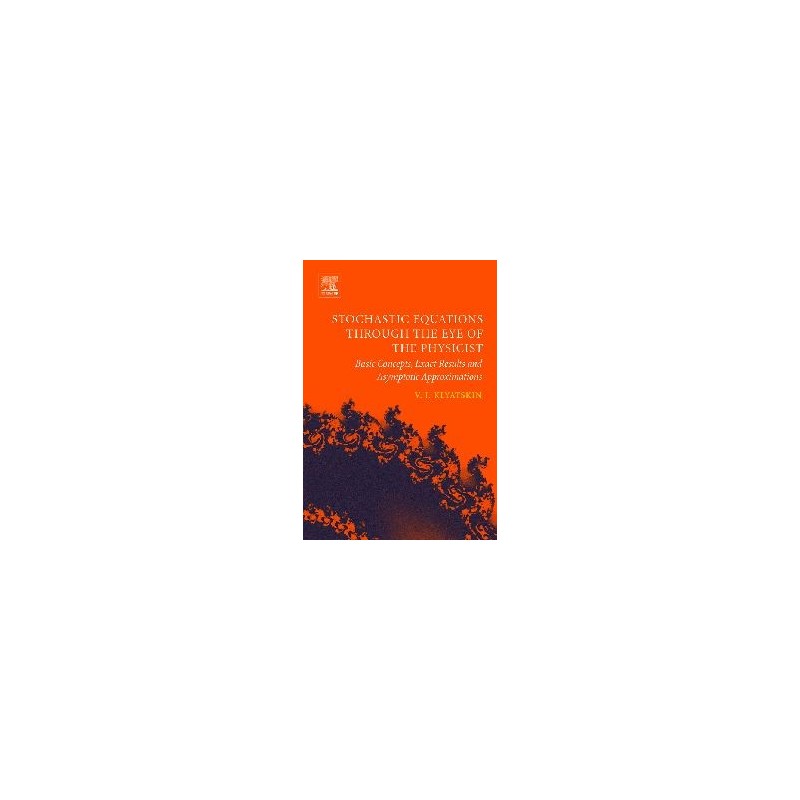- Obecnie brak na stanie



Brak towaru
Brak towaru
Silnik firmy Pololu z enkoderem 64 CPR, z przekładnią 30:1, standardowym napięciem pracy 12 V i prędkością 350 rpm. Pololu 2823
Brak towaru
Brak towaru
Brak towaru
Brak towaru
Brak towaru
HK Hobbyking 2~6S Lipo to USB Charging Adapter and Cell Checker (22320)
Brak towaru
Filament firmy ROSA3D wykonany z wysokiej jakości granulatu PLA. Na szpuli nawinięte jest 0,8 kg filamentu o średnicy 1,75 mm. ROSA3D PLA Starter Natural Transparent
Brak towaru
Wytrzymała i poręczna szpatułka wykonana ze stali nierdzewnej. Idealna do zdejmowania wydruków ze stołu drukarki 3D
Brak towaru
Brak towaru
Zestaw uruchomieniowy z mikrokontrolerem MSP430F1122IDW
Brak towaru
Brak towaru
Brak towaru
Brak towaru
PCB Cleaner KT-5 to skuteczny i wydajny preparat do czyszczenia obwodów drukowanych oraz sprzętu elektronicznego, idealny do usuwania kalafonii i topników, oferujący bezpieczeństwo dla materiałów elektromechanicznych, optycznych i elektronicznych
Brak towaru

